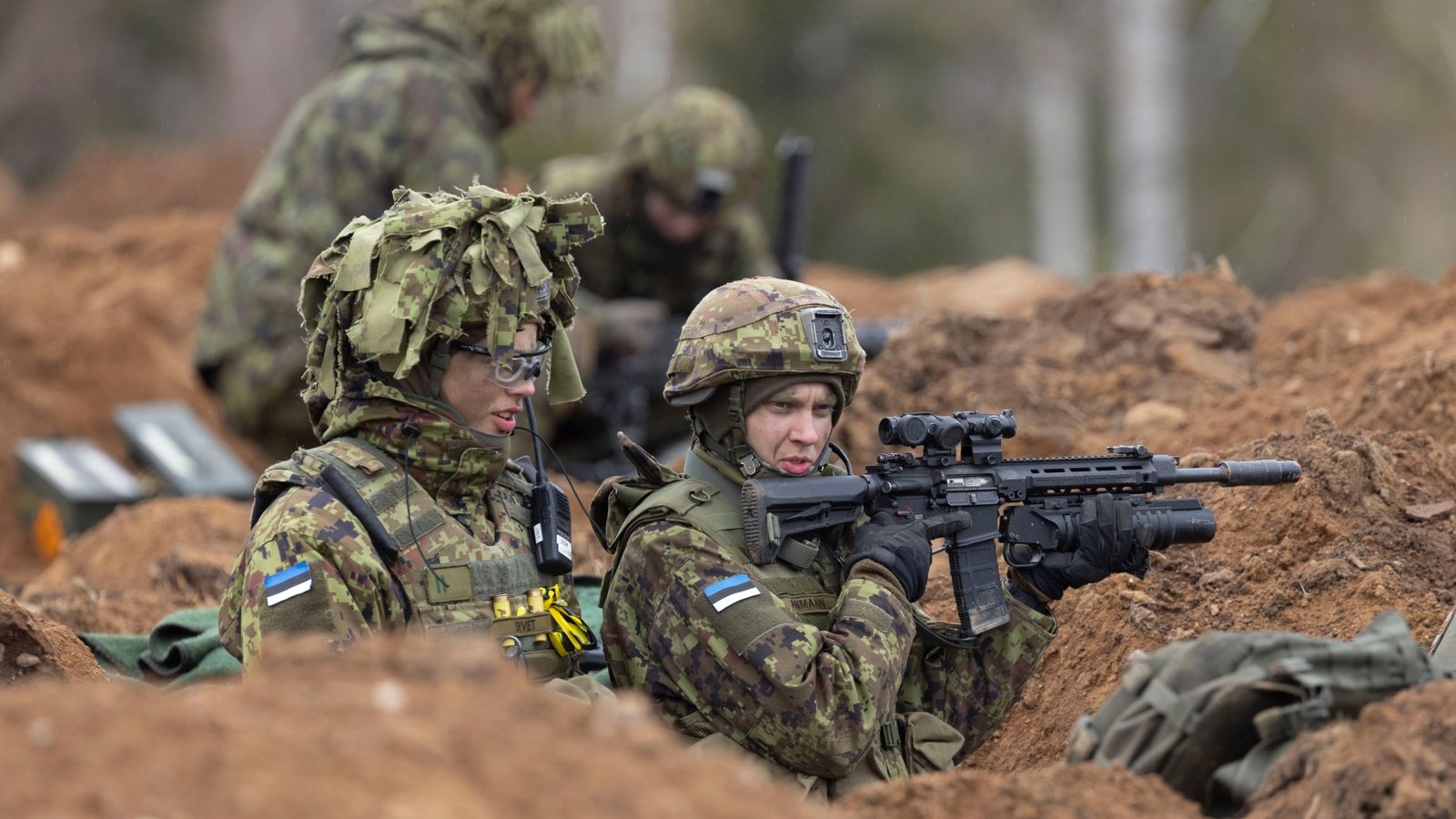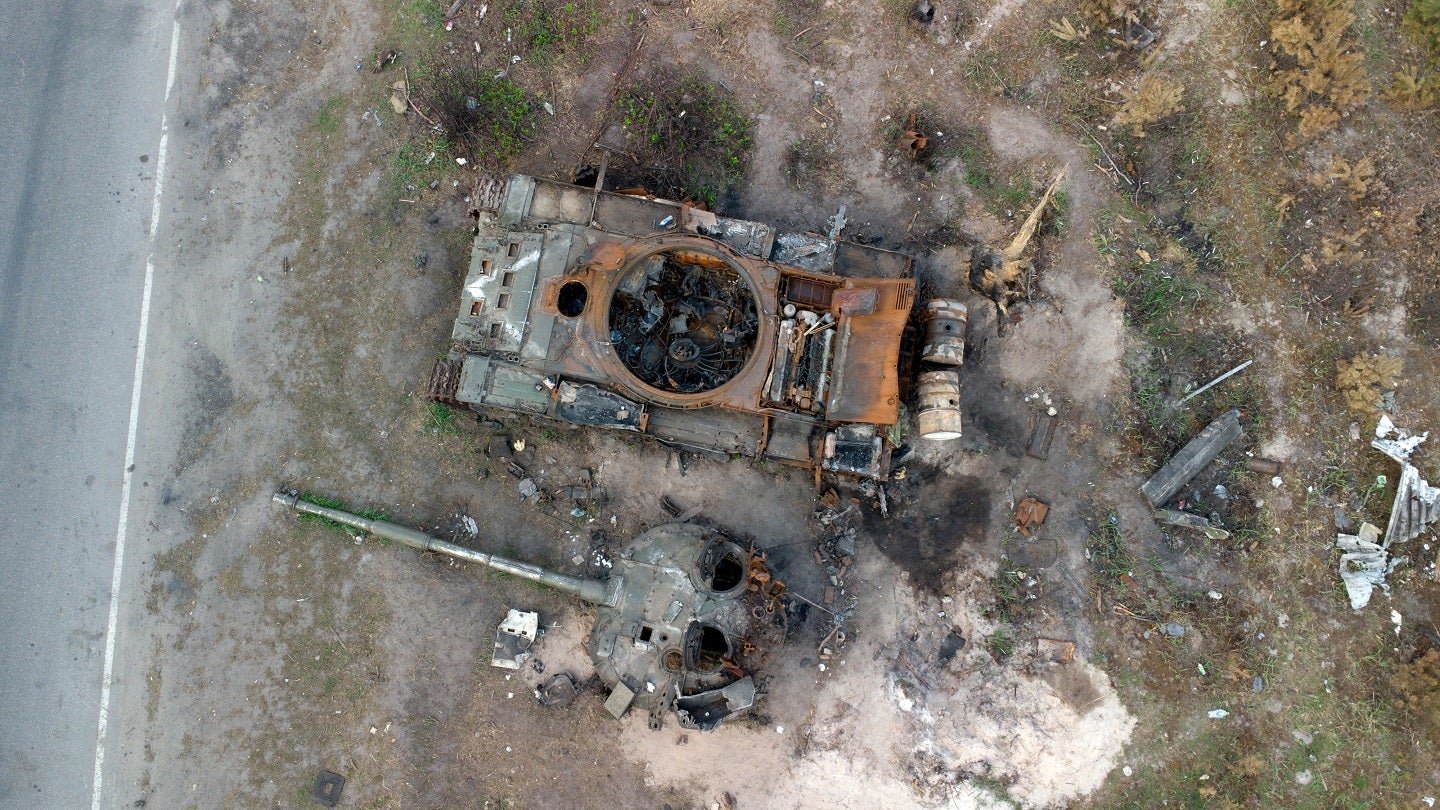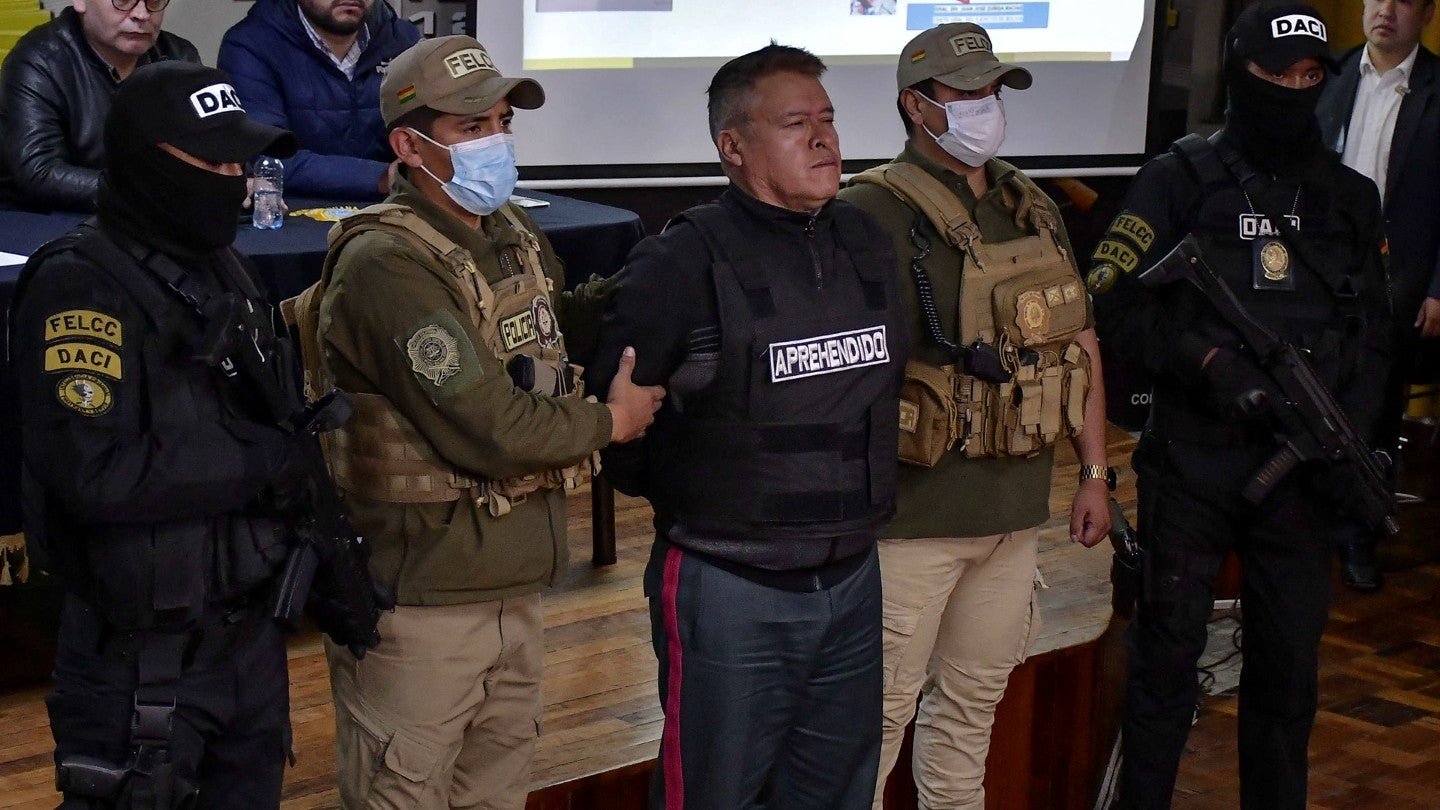BRITAIN has been urged to turn to a “New Model Army” made up of younger soldiers amid the looming threat of a potential World War Three.
Russia’s invasion of Ukraine in 2022 sparked fears of global war but ongoing conflicts involving Iran and the Middle East, China and Taiwan, and North Korea has the world holding its breath.
Many fear the crisis in Ukraine could still develop, with officials warning it could see the bloodiest conflict in Europe since WW2 if resulting in nuclear war.
Former defence and security chiefs have now said Britain must “prepare genuinely for war” to credibly deter threats with reserve forces shrinking “far below national critical mass”.
Among those who contributed to the discussion were Lord Mark Sedwill, a former cabinet secretary and national security adviser, Lord George Robertson, a former head of NATO and Labour defence secretary, and General Lord David Richards, a former head of the armed forces.
And they say two decades of “hollowing out” and diminished fighting power has created a massive problem.
The group of experts have called for a “New Model Army” that would turn the British Army into a respected land force that prioritises preparing for high-intensity war fighting.
A paper published by the New Bletchley Network states: “To be credible in deterrence terms we need to prepare genuinely for war and communicate this to potential foes, Nato and allies, and particularly to the British public.”
The group said that deterrence was based on credibility, adding: “British Army credibility has been weakened by 20-plus years of hollowing out and diminished fighting power. Army morale is fragile.”
The brief paper highlighted a “serious wake-up signal” from a senior figure in NATO who warned the British Army is no longer a top-level, or “Tier 1”, fighting force.
A massive recruitment drive targeting those from younger generations could be one of the ways to replenish the armed forces.
The report also championed a total reset of how the armed forces buy weapons and their supply chains to secure better value for money.
It urged for a new command structure in Whitehall to be “war-ready” and recommended the creation of a task force – like the one that delivered the COVID-19 vaccine – to drive change.
General Sir Patrick Sanders, Chief of the General Staff, previously claimed that Brits could even face a call-up if the UK goes to war with Russia.
Sir Patrick did not spell out what mobilisation in Britain would look like but demanded more military funding.
And he said the Army must grow from 75,000 to 120,000 in three years, but admitted even that’s “not enough”.
General Sir Patrick’s call to Brits
Our friends in Eastern and Northern Europe, who feel the proximity of the Russian threat more acutely, are already acting prudently, laying the foundations for national mobilisation.
As the Chairman of the NATO Military Committee warned just last week, and as the Swedish government has done, preparing Sweden for entry to NATO, taking preparatory steps to enable placing our societies on a war footing when needed are now not merely desirable, but essential.
We will not be immune and as the pre-war generation we must similarly prepare – and that is a whole-of-nation undertaking. Ukraine brutally illustrates that regular armies start wars; citizen armies win them.
But we’ve been here before, and workforce alone does not create capability.
Over the last 30 years, the Army has been halved in size; in the last 12 years, we’ve absorbed a 28 per cent reduction.
Our predecessors failed to perceive the implications of the so-called July Crisis in 1914 and stumbled into the most ghastly of wars. We cannot afford to make the same mistake today.
Meanwhile, Defence Secretary Grant Shapps warned the UK was in a “pre-war world”
Focusing on the UK army, the latest report, published on Wednesday, warned “deterrence is based on credibility”.
“British Army credibility has been weakened by 20 plus years of hollowing out and diminished fighting power. Army morale is fragile,” it added.
The brief paper highlighted a “serious wake-up signal” from a senior figure in NATO who warned the British Army is no longer a top-level, or “Tier 1”, fighting force.
General Sir Richard Barrons, a former head of Joint Forces Command, and Major General Rupert Jones, endorsed the paper.
General Lord Richards of Herstmonceux, the former chief of the defence staff, General Sir Richard Shirreff, the former deputy supreme allied commander in Europe, and Brigadier Nigel Hall, the former deputy UK military representative at Nato, also added their backing.
Insiders in the army fear that Sanders may well be proved right, with one source saying: “Former chiefs have a reputation for speaking up after they’ve finished and Sanders hasn’t been that guy.
“Sanders is a man who actually tried to get us ready for war, now. And he may be remembered in history for that.”
GLOBAL UNREST
The introduction of conscription, were it to happen, would be the first time in over 60 years that Brits would be required to fight.
Mandatory military service was introduced during the First World War after the government passed the Military Service Act in 1916.
It comes as the prospects of World War 3 continue to grow with ongoing conflict around the world.
The Middle East has become a powder keg unsettled by Israel’s ongoing war against Hamas, Iran-backed Houthi rebel attacks in the Red Sea, and recent clashes and strikes between Iran and Pakistan.
In the past few months, Nato announced its biggest call-up in decades as 90,000 troops begun World War 3 drills.
When did the UK last have conscription?

- On the day Britain declared war on Germany, September 3 1939, Parliament immediately passed a new rule for conscription.
- The National Service (Armed Forces) Act imposed conscription on all males aged between 18 and 41 who had to register for service.
- Those medically unfit were exempted, as were others in key industries and jobs such as baking, farming, medicine, and engineering.
- Conscription helped greatly to increase the number of men in active service during the first year of World War 2.
- Following the end of the Second World War, a new National Service Act was passed that required all young men aged 17 to 21 to serve in the armed forces for 18 months.
- They would also have to remain on the reserve list for several years.
- National Service then continued until the last servicemen were demobbed in 1963.
- Conscientious objectors could refuse, but would face a tribunal at which they would be expected to justify their opposition to joining up.
Among that number are 20,000 British troops as the alliance plans to test allies on their ability to engage in conflict with an adversary as capable as Russia.
It is feared that Putin’s invasion of Ukraine could see Russian troops going beyond Ukrainian borders to launch attacks on Europe, forcing Nato to join the war.
More than 10,000 civilians have been killed and 20,000 injured since Russia’s full-scale invasion in February 2022, the U.N. said.
NATO is mobilising some 90,000 troops for war games aimed at sending a message to Russia not to consider attacking any member countries.
Steadfast Defender will run into late May and involves units from all 31 NATO member countries plus candidate-member Sweden.
Previously, a leaked military report revealed what could be Vladimir Putin‘s step-by-step plan to bring the West to the brink of World War 3.
The secret docs detail the despot’s possible “path to conflict” which reaches its climax in the summer of 2025 on “Day X” when half a million Nato and Russian soldiers will face each other.















